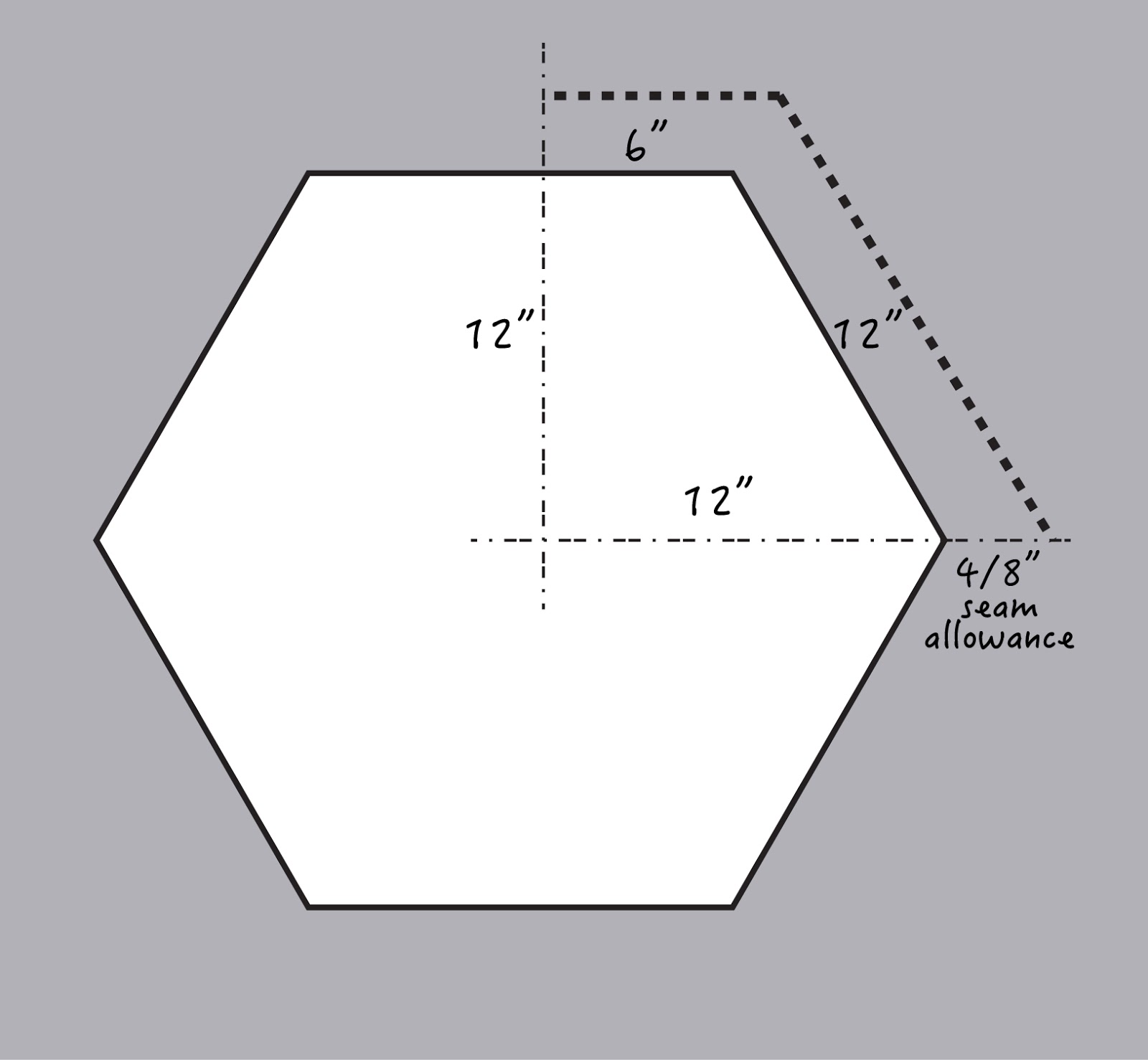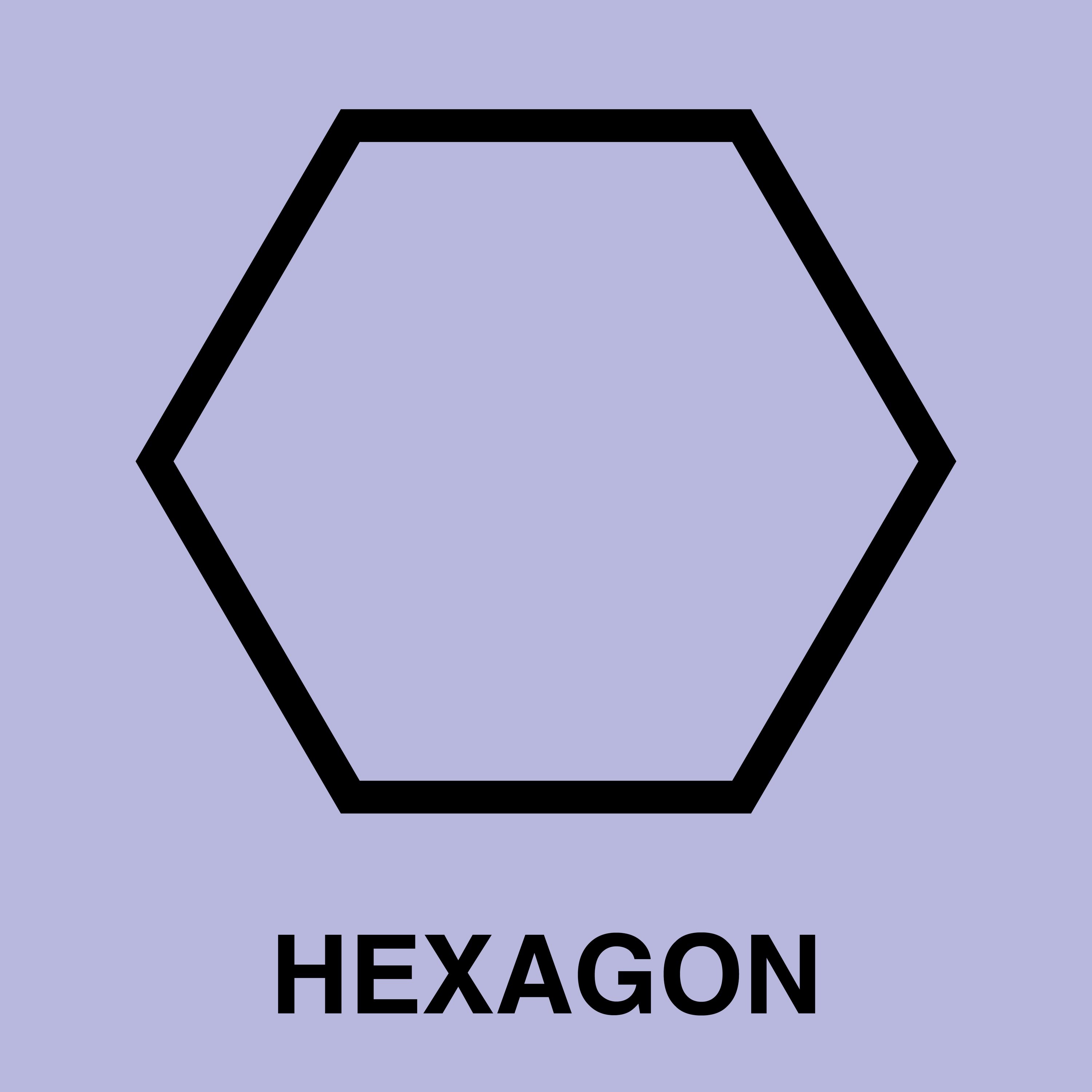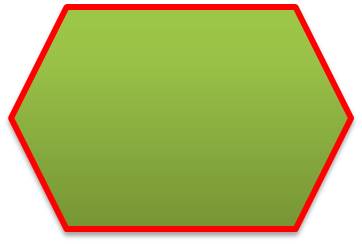

Yesterday's Air Force: NRO Satellites (Air Force TV)(00:01:42)ĭr. Reconnaissance Satellites Now on Display (00:01:34) Find Out Moreĭeclassified Satellites on Display (00:02:10)

Mapping camera: Itek, 12-inch focal length f/6.0, 9.5 in film, with two Itek 10-in focal length f/2.0, 70mm film cameras for star-tracking position referenceįilm: length 320,000 feet (about 60 miles), width 6.6 inchesįilm return vehicles: Four (five if mapping camera used)Ĭlick here to return to the Space Gallery or here to return to Cold War in Space: Top Secret Reconnaissance Satellites Revealed. Panoramic cameras: Perkin-Elmer, 60-inch focal length f/3.0, aperture 20 inches This artifact is o n loan from the National Reconnaissance Office (Center for the Study of National Reconnaissance).

USAF aircraft recovered film return vehicles in midair near Hawaii. Air Force launched HEXAGON satellites aboard Titan IIID rockets from Vandenberg AFB, California, and provided tracking and control at an Air Force facility at Sunnyvale, Calif. This camera imaged wider areas to make very accurate maps for war planning and featured its own bucket-like film return vehicle.

Some missions included a separate mapping camera mounted at the front of the satellite. Objects smaller than two feet across could be imaged from around 80-100 miles altitude. These so-called “optical bar cameras” on the bottom of the satellite spun on their axes, taking overlapping images to form a very large panoramic picture. The satellite featured two separate cameras, designated KH-9 and made by the Perkin-Elmer Corp., working together to produce stereo images. Its development included creating a very complex camera and film system. Analysts pored over HEXAGON’s photos of large areas, then focused in on potential threats with close-up surveillance from GAMBIT satellites. HEXAGON’s main purpose was wide-area search. During the Cold War, 19 HEXAGON missions imaged 877 million square miles of the Earth’s surface between 1971-1986. intelligence satellites to return photographic film to earth. HEXAGON KH-9 reconnaissance satellites were the largest and last U.S.


 0 kommentar(er)
0 kommentar(er)
